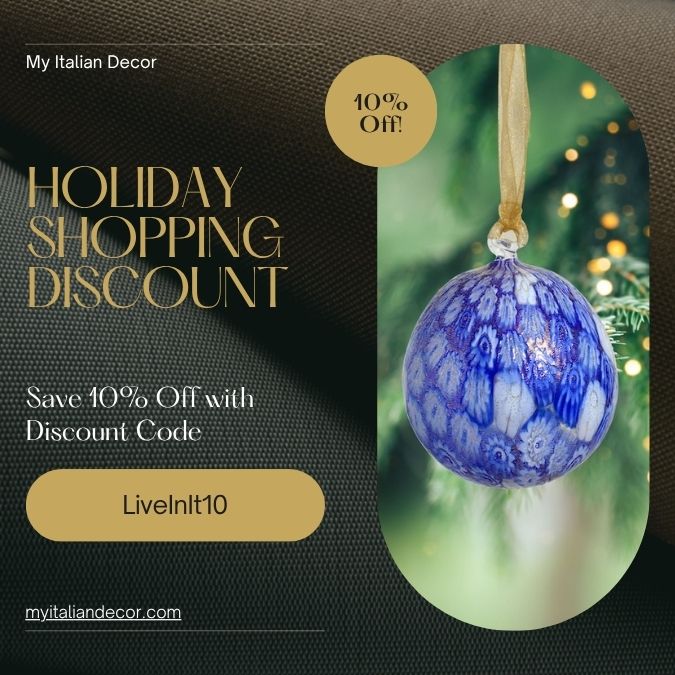Why Take a Cultural Vacation with Travels with Audrey?
For history enthusiasts and those captivated by World War I, a cultural vacation in Friuli-Venezia Giulia offers more than just a glimpse into the past. It’s an opportunity to deeply immerse yourself in the region where the Italian front of the Great War unfolded. With Travels with Audrey, you can explore the rich historical patrimony of this lesser-known corner of Europe, where the Mediterranean culture meets the Germanic and Slavic, and where history remains alive in every corner. If you’re seeking a unique cultural experience, this is your gateway to understanding the profound impact of the Great War on Italy.
Introduction to Italy’s Role in The Great War
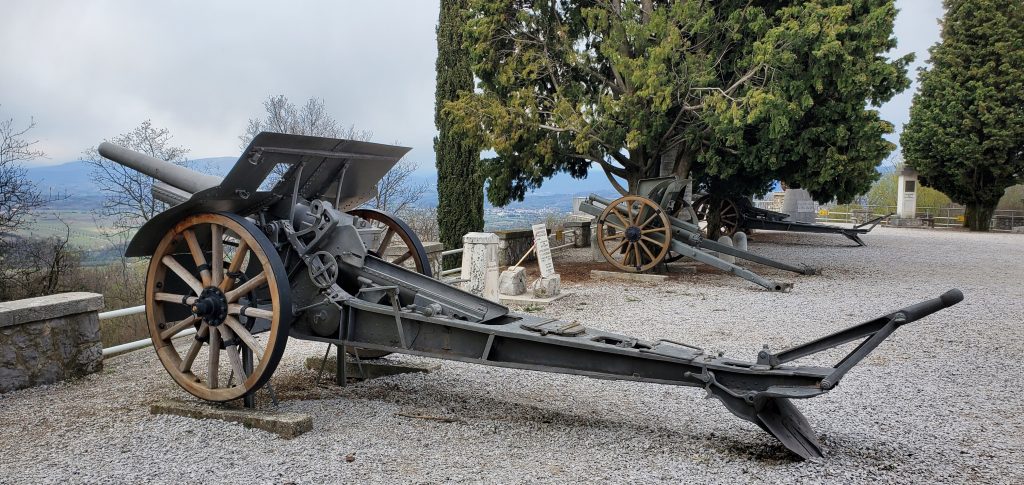
The Italian involvement in the Great War was a result of a complex and unexpected series of events. Italy’s decision to enter the war, after initially maintaining neutrality, was driven by diplomatic maneuvers that ultimately led the country to break away from the Triple Alliance with Germany and Austria-Hungary. This alliance had been in place since 1882, despite the historical animosity between Italy and the Hapsburg Empire. The scars of previous conflicts had never fully healed, making this coalition particularly uneasy.
Italy’s Path to War
Although the Great War began in 1914 following the assassination of Archduke Francis Ferdinand, Italy initially stayed out of the conflict. Public and parliamentary opposition to involvement kept Italy neutral until secret negotiations between the King, Victor Emmanuel III, and key government officials resulted in a commitment to join the war in 1915, this time siding with the Western Powers and Russia.
Italy’s primary objectives were to complete the unification process by extending its borders to the Alps and gaining control of the port city of Trieste. These ambitions were fueled by the presence of ethnic Italians in these regions, who yearned to be part of their motherland. The propaganda of the time centered on the need to “re”-unite these unredeemed lands, known as “terre irredente,” with Italy.
The Strategic Importance of Friuli
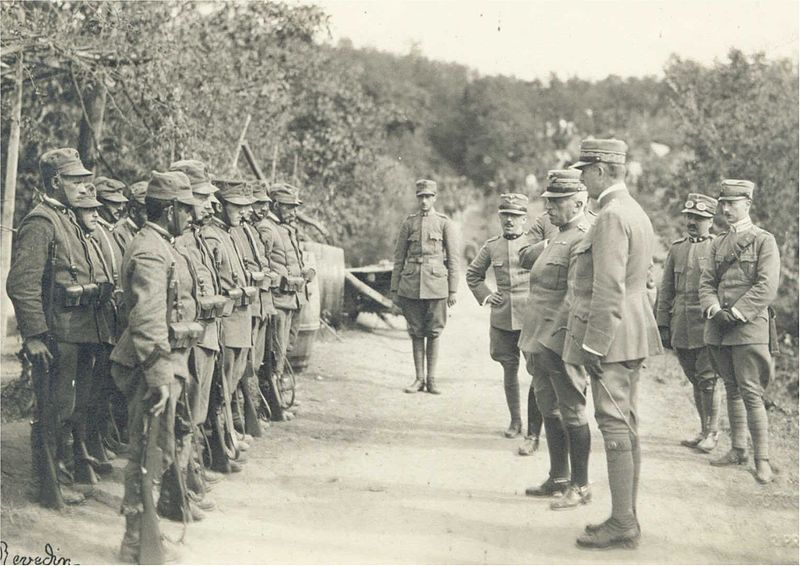
The shift in Italy’s diplomatic stance had significant military implications, particularly for the Friuli-Venezia-Giulia region. As Italy declared war on Austria-Hungary, General Count Luigi Cadorna, the Italian Chief of General Staff, devised a strategy to push the imperial forces back. This involved deploying a large ground force along the Isonzo River (Soca, in Slavic) in Friuli, which formed the border between Italy and Austria-Hungary.
Cadorna’s plan aimed to break through the Austrian lines and capture the cities of Gorizia and Trieste, eventually advancing toward Vienna. However, history proved that this strategy was not destined for success. After an initial advance across the Isonzo River, largely due to a strategic Austrian retreat to more defensible positions in May 1915, the Italian Army faced an arduous two-year campaign. During this period, they launched eleven successive frontal offensives, only managing to advance a few kilometers at best.
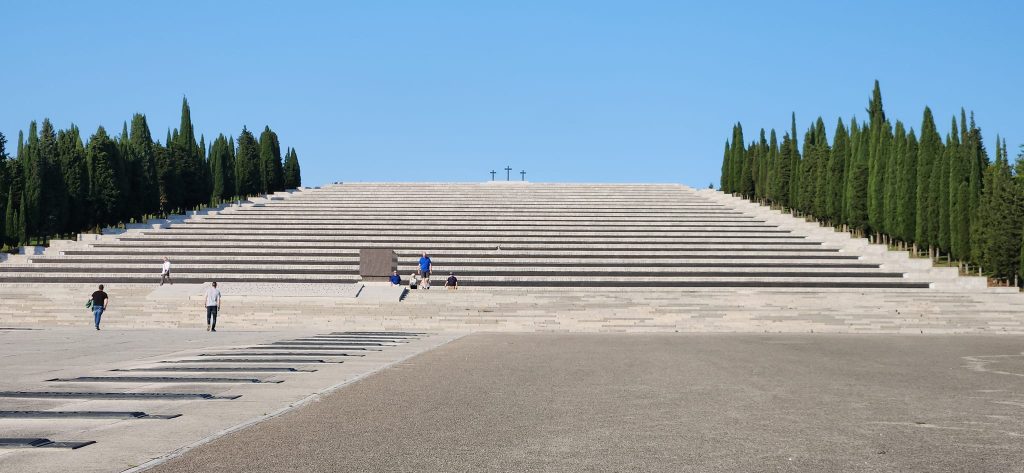
The cost of these offensives was staggering, with the Italian forces suffering an estimated 650,000 casualties, most of them along the Isonzo River and in the Julian and Carnic Alps.
The Turning Point: The Battle of Caporetto and Its Aftermath
By October 1917, despite some success in advancing along the Bainsizza plateau in the Carso region, Austria-Hungary sought German support to counter the Italian efforts. The combined German and Austrian-Hungarian forces launched a decisive attack at Caporetto (Kobarid in Slavic), a small village strategically located in the mountains. This attack forced the Italian Army into a retreat of approximately 150 kilometers, nearly reaching Venice in what became a significant strategic and psychological defeat for Italy. Despite this setback, the Italian Army managed to regroup and establish a strong defensive line along the Piave River and Monte Grappa in Veneto, eventually allowing Italy to emerge victorious a year later.

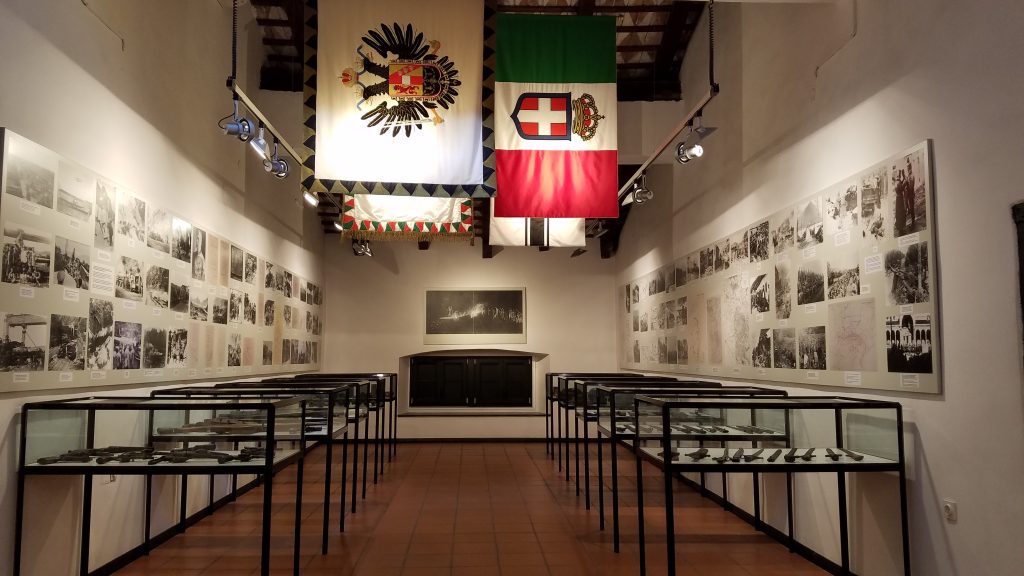
Exploring the Legacy of The Great War in Friuli
Today, Friuli-Venezia-Giulia remains a living testament to the events of the Great War. Visitors can explore the trenches on the Carso plateau, the Redipuglia memorial—the largest of its kind in Europe—and the battlefields in the Carnic and Julian Alps. The village of Caporetto, where one of the war’s most significant battles took place, offers a sobering reminder of the conflict’s impact. These sites not only commemorate the immense sacrifices made by Italian soldiers but also provide insight into the complex military strategies that shaped the course of the war.
For those passionate about history or looking to trace their ancestors’ footsteps on the Italian front, Friuli offers a wealth of historical sites and stories waiting to be discovered.
Why Choose Travels with Audrey?
Travels with Audrey provides a unique cultural vacation experience that goes beyond the surface. Whether you’re a history buff or someone seeking to connect with your heritage, Travels with Audrey offers personalized journeys through the historical landscapes of Friuli. With their deep knowledge and passion for the region, you’ll gain a comprehensive understanding of the events that shaped this part of Italy during the Great War.
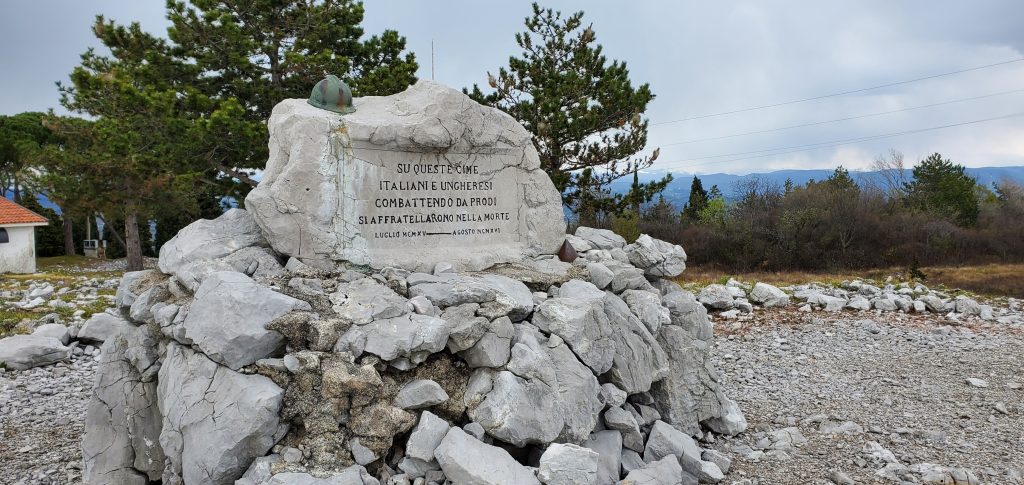
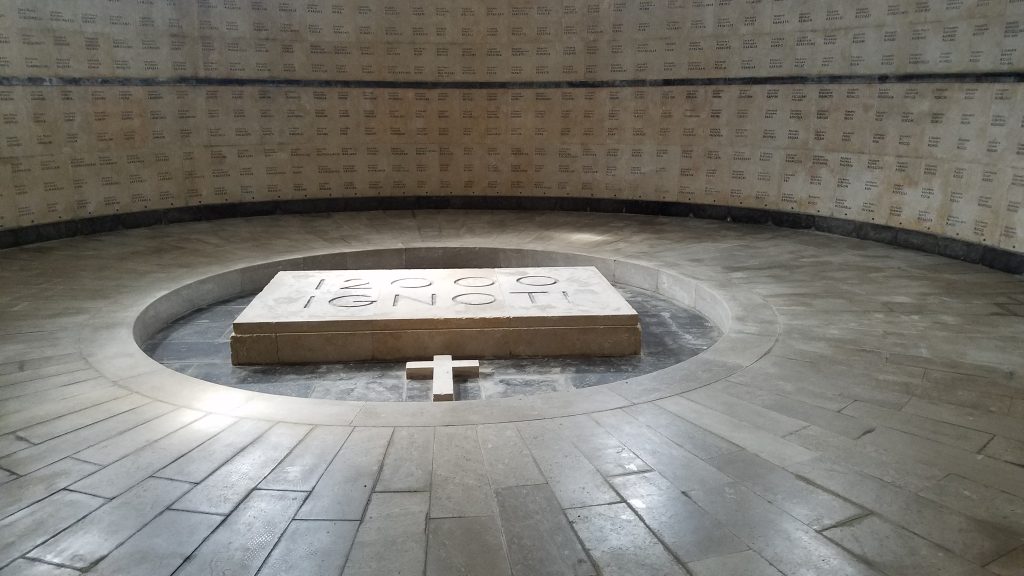

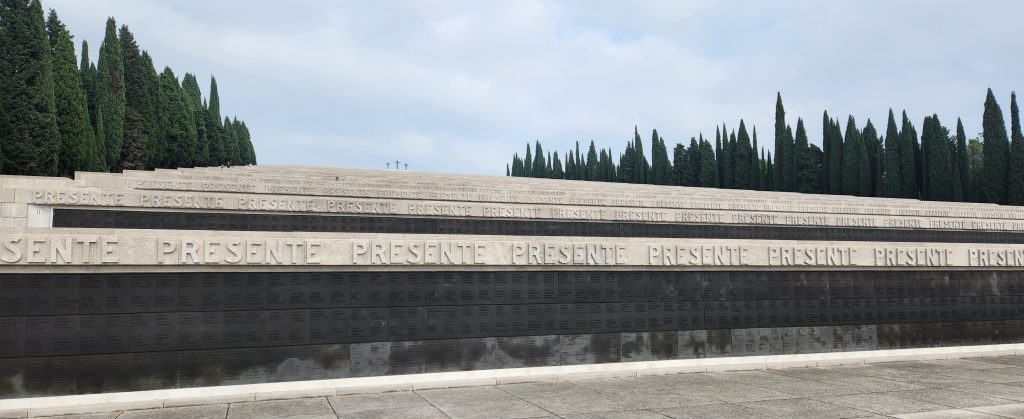


So, there you have it! Friuli is much more than just a backdrop to Hemingway’s Farewell to Arms; it’s a region where history lives on, inviting those who seek a deeper understanding of the past to explore its rich cultural heritage with Travels with Audrey.To explore Friuli’s historical treasures and embark on a cultural vacation like no other, visit travelswithaudrey.com.
All images courtesy of © Travels with Audrey.


